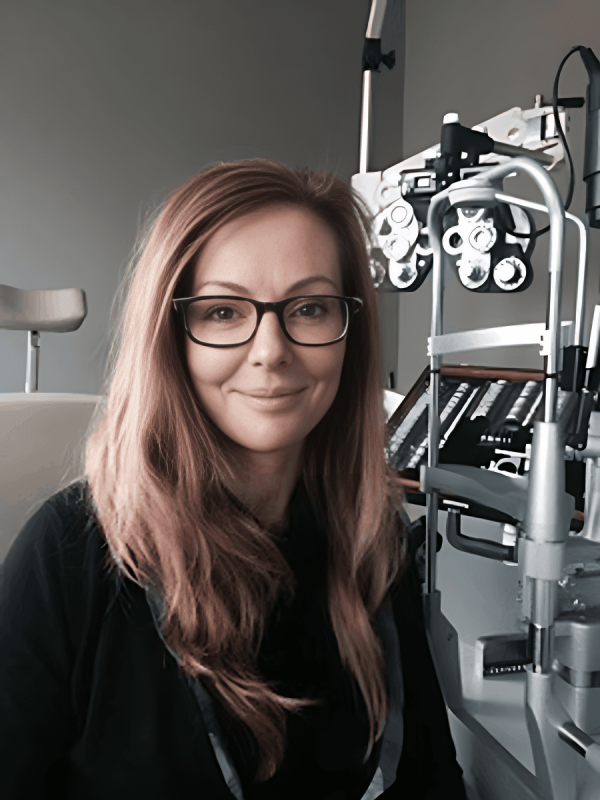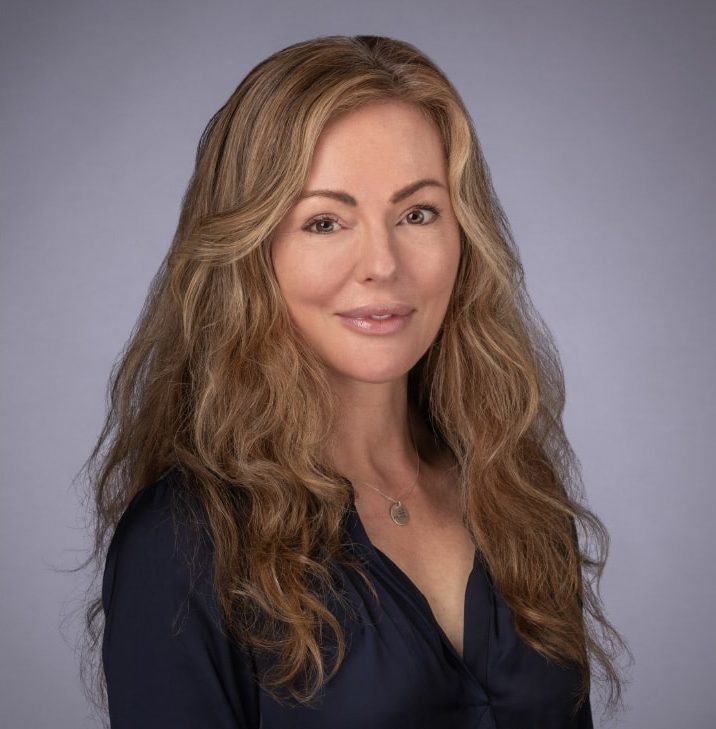
Dr. Vivian Hill
Assistant Professor, University of Calgary, Alberta
Ophthalmologist at Ashenhurst Eye, Calgary
Dr. Vivian Hill is a pediatric ophthalmologist with particular interest in strabismus management in both children and adults. Her clinical practice in Calgary comprises patients of all ages. Dr. Hill is active in training residents and medical students, and she has been a longstanding examiner for the Royal College of Physicians and Surgeons of Canada.
For Dr. Hill, the most rewarding aspect of being a pediatric ophthalmologist is the opportunity to make an impact on a patient’s vision not only in childhood but in a way that gives them the best possible chance of lifelong healthy vision.
I’m a first-time mom to a 10-day-old baby. Is it true that newborns can’t see very well?
Babies do have vision at birth, but their visual system is immature and continues to develop over the first few years of life. A newborn baby can see motion but can’t really focus on an object in front of them because they don’t yet have central or foveal vision. At around 3 months of age, babies develop the ability to focus on things. Improving visual coordination at this age allows the eyes to work together to track moving objects. Over the next few years, children experience increasing maturity of their central vision, with most acquiring 20/20 vision by age 4-5 years.
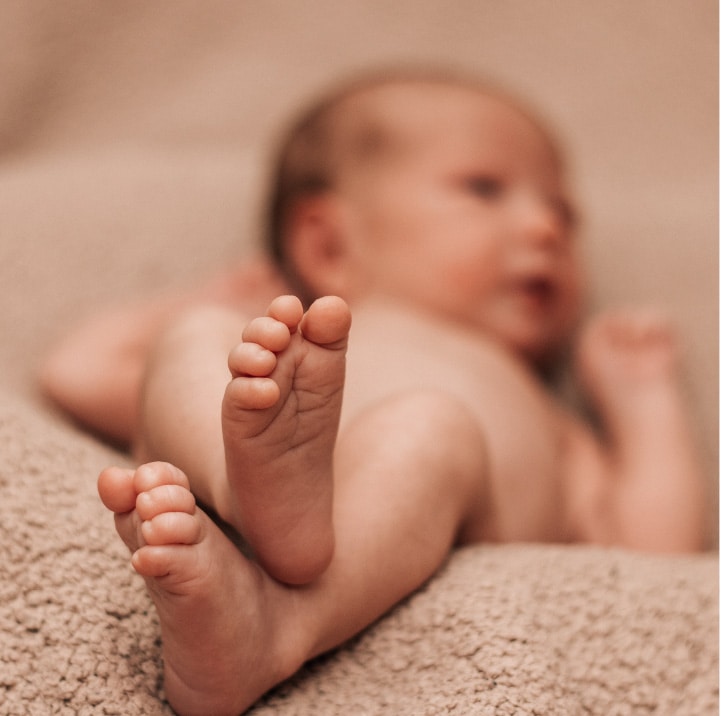
My two-year-old seems to be able to see clearly. What is her eye doctor looking for during an eye exam?
During an eye exam or vision screening, we check for common childhood vision problems like refractive errors, which can cause blurry vision at either near or far distances. Another important thing we look for in young children is eye alignment. In the first few years of life, children are developing vision in both their left and right eye. They are also developing binocular vision, which is a merging of vision between the eyes. To work together, each eye needs to have good vision and be functioning well, but the eyes also need to be aligned and pointing at the same object. And that’s the big one that can get missed in early childhood. If the eyes aren’t aligned, even by just a few degrees, a child can learn to ignore vision in one eye, which impacts vision not only in that eye, but also reduces the potential for optimal binocular vision. If your child’s eye doctor thinks they may have strabismus (or misalignment of the eyes), they will refer your child to an ophthalmologist for further evaluation.

My 4-year-old has been referred to an ophthalmologist for possible amblyopia. What exactly is it, and why is it so important to treat it right away?
Amblyopia (commonly known as “lazy eye”) is one of the most common causes of vision loss in children. It refers to reduced vision in one eye (or rarely, both) caused by abnormal visual development early in life.
While the visual system is developing (from birth to about 8 years of age), both eyes need to receive normal, appropriate visual stimulation. Amblyopia can occur if problems like uncorrected refractive errors, strabismus, drooping eyelids, or cataracts prevent this stimulation from occurring. Over time, the brain favours the eye with stronger vision and ignores images from the weaker eye. So amblyopia is a brain-based form of vision loss, resulting in a weakness in the pathways that connect the eyes to the brain’s vision centres.
Treatment of amblyopia is somewhat a race against the clock because by about 8-10 years of age, the vision pathways mature and become more resistant to change. Amblyopia can be treated by forcing the amblyopic eye to work harder than the stronger eye. This is often done by wearing a patch over the stronger eye, or using atropine eye drops to blur vision in the stronger eye. Generally, the earlier this treatment starts, the more successful it is, and long-term problems with your child’s vision can be prevented.
How often should children be getting an eye exam?
Regular vision screenings can help protect your child’s vision by detecting any problems early on. While screening programs currently vary among provinces, the following are general recommendations for vision screening in children:
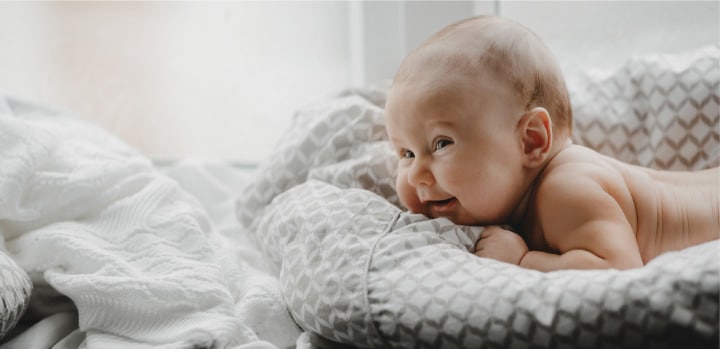
Babies
- Full-term newborns should have their eyes examined by a pediatrician or midwife to check for basic indicators of eye health (e.g., a red reflex check, ensuring there is no cataract or other issue that needs to be managed right away)
- Premature babies should be seen by a pediatric ophthalmologist at 4 weeks of age
- During the first year of life, at well-baby visits, the child’s primary care physician should check the eyes for basic alignment and repeat the red reflex check
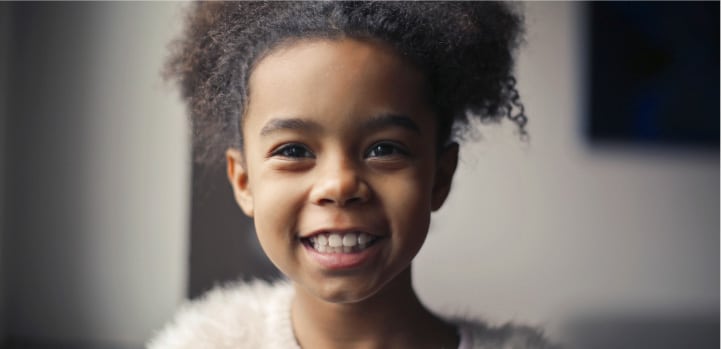
Children
- Between age 2-3 years, kids should get an eye exam to check for healthy eye development
- By this age, we can start picking up strabismus, refractive error, and other eye conditions
- By age 3-5 years, kids should have a full, dilated eye exam
- Dilation can help detect refractive error, which if significant and left uncorrected can cause amblyopia
- Depending on the child’s risk factors, they should have a follow-up exam within 1-3 years
- A child may need a full eye exam sooner if there is a strong family history of eye problems, or if any signs or symptoms are noticed by the parents
What are the signs that my child may be having a problem with their vision?
Children, especially younger ones, might not always be able to tell you there is a problem with their vision. It’s helpful to watch for signs of vision problems so that they can be addressed early and appropriately, while vision is still developing. If you notice your child doing any of the following, it’s worth discussing with your eye care provider:
- Turning or tilting their head
- Squinting
- Holding objects too close
- Blinking a lot
- Eye rubbing
Remember, sometimes eye conditions can be asymptomatic, or the signs may be too subtle for you to notice, so it’s important that kids get screened regularly for eye issues.
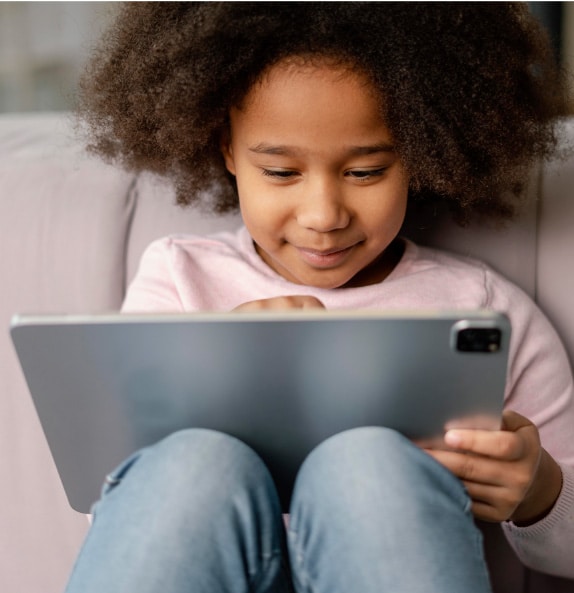 Is too much screen time really bad for my kids’ eyes?
Is too much screen time really bad for my kids’ eyes?
You’re not alone in wondering this, and there are many reasons why parents might want to be mindful of the amount of time their children spend in front of a screen. From an eye health perspective, the development of myopia, or nearsightedness, in children is a growing issue worldwide. Myopia is the need for glasses to see at a distance. There is evidence that the more time children spend reading up close (whether that is on smart phones, tablets, books, or doing homework) and the less time they spend outside, the higher the risk of myopia.
The root cause of myopia is the eye growing too quickly during childhood and becoming abnormally long. As the eye gets too long, the tissues inside the eye stretch and become thin, making them more vulnerable to damage during adulthood (retinal detachment, growth of abnormal blood vessels, even glaucoma). While genetics play a role in the development of myopia, environmental factors like increased near-screen time and reduced time outdoors also seem to contribute.
Parents who have myopia (and whose children are therefore at a higher risk) need to make a real effort to counteract some of these environmental factors to help prevent myopia, or at least delay its onset:
- Limiting near-screen time (closer than 30 cm)
- Taking screen breaks
- Spending more time outside (while the mechanism isn’t completely understood, natural light helps reset the eyes)
- Ensuring regular vision screenings to assess for myopia, and getting treatment if needed
There are new treatment options, like eye drops and certain specialized optical corrections, that can intervene during the rapid growth phase to help slow the progression of myopia.
How can I help set my child up for lifelong healthy vision?
Good vision is very important to a child’s physical development, success in school, and overall well-being. It’s great that you’re thinking about protecting your child’s eye health. There are several things you can do to support healthy vision now and for the future:
1) Take eye safety seriously
- Eye injuries are a common cause of vision loss in children. Sports eye protection (visors, goggles, or glasses) is critical, especially for high-risk sports like badminton, squash, paintball, etc.
2) Practice good screen hygiene
- Reduce screen time, especially for near-screen tasks on phones/tablets
- Encourage screen breaks using the 20-20-20 rule (every 20 minutes, look up from the screen and focus on an item approximately 20 feet away for at least 20 seconds)
1) Spend time outdoors
- More time outdoors may lower a child’s risk for myopia
- Protect against UV exposure with sunglasses and hats when in intense sunlight
4) Ensure kids wear glasses if prescribed
5) Make sure kids are getting vision screenings in early childhood
My child’s ophthalmologist has suggested for him to see an orthoptist. What’s their role on the eye care team?
You’re probably most familiar with the “3 O’s” of the eye care team: the optician, the optometrist, and the ophthalmologist. An orthoptist is another important member of the team who specializes in ocular mobility and visual development. Orthoptists often work in close collaboration with pediatric ophthalmologists to assess, diagnose, and monitor problems related to eye movement and alignment, such as strabismus, amblyopia, and double vision. They also provide support in formulating and carrying out non-surgical treatment plans for these conditions. Orthoptists can also work with comprehensive ophthalmologists to assist them in delivering optimal care for their pediatric patients. If your child has been referred to an orthoptist, rest assured that they are in good hands.
